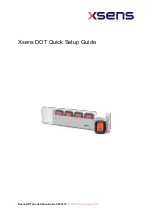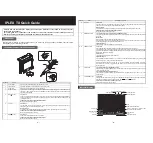
Operating manual for the TG basic 1 appliance tester
Gilgen, Müller & Weigert
13
7.
Explanation of terminology
7.1. Protection class I (PC I)
The active parts of the device are protected against direct
touching by the basic insulation.
Through connection of the touchable conductive housing parts to
the protective conductor, these are included in the protective
measure in the case of direct touching (fault protection) with the
system.
The device has a protective conductor connection (earthed plug).
7.2. Protection class II (PC II)
The active parts are separated by strengthened or double
insulation (basic insulation and additional insulation). This
ensures protection against direct contact.
Protection against indirect contact also exists, since an insulation
fault is practically impossible. Such devices can nevertheless
have touchable metallic housing parts. Devices of protection class
II have a mains plug without an earth contact.
7.3. Protection class III (PC III)
Devices of protection class III are exclusively connected to
protective extra-low voltage electric circuits.
The protection against dangerous body currents is achieved by
the low voltage and the safe separation from other electric
circuits.
7.4. Protective conductor resistance (R
PE
)
Resistance between any conductive touchable parts, connected
to the protective conductor for protective purposes, and the
earthed contact of the mains plug, the device plug or the
protective conductor, which is constantly connected to the mains
power supply.
&
&
&
&
&
See also the measuring principle circuit under point 8.2.
7.5. Insulation resistance (R
ISO
)
This is the Ohmic resistance between conductive parts separated
by insulation.
Measurements are taken between the active parts and the body
as well as touchable conductive parts that are not connected to
the protective conductor.
&
&
&
&
&
See also the measuring principle circuit under point 8.3.














































